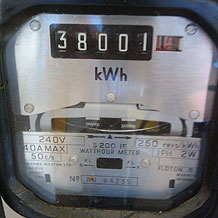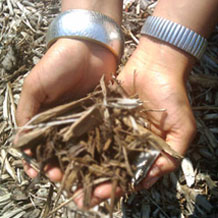The cost of CCS

Capturing and compressing CO2 requires a lot of energy and increases the fuel needs of a coal-fired electricity plant by 25–40 per cent. These and other costs are estimated to increase the cost of electricity from a new power plant with CCS by 21–91%. These estimates apply to purpose-built plants near a storage location.
However, applying the technology to pre-existing plants or plants far from a storage location will be more expensive. As a result, CCS makes electricity power stations more expensive to build and electricity more expensive to buy.
The economic viability of CCS on a global scale largely depends on the value and price that governments and people put on environmental and ecosystem viability.
If the penalty price for emitting CO2 is high then there is an economic incentive for an emitter to adopt CCS and it will become economical quickly.
If the penalty price remains low, CCS will be slow to develop because there is no financial incentive. When CCS technology is better developed and proven, its costs may lower. Some people suggest that money spent on CCS will divert investments away from other solutions to climate change.
Reducing costs and negative emissions

Recent industry reports suggest that with successful research, development and deployment, CCS coal-based electricity generation in 2025 will cost less than non-CCS coal-based electricity generation today.
Similarly, if CCS is combined with burning of vegetation biomass in a power station boiler, it is possible for a power station to have negative emissions overall. This is because the vegetation will have absorbed CO2 through its lifetime and the CO2 liberated from its burning will be isolated from the atmosphere in storage.







